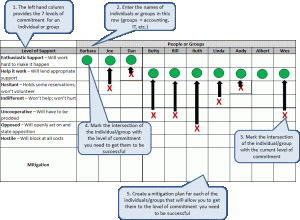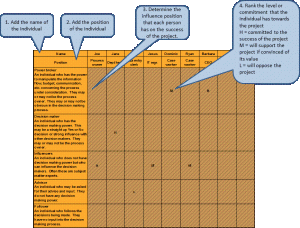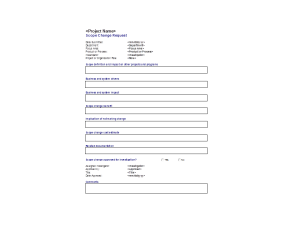Using the Tools in Your Performance Excellence Toolbox: Part 20 Benchmarking Preparation
This is the twentieth in a series of posts on using performance excellence tools. Benchmarking is a tool that can really help you determine the best solution to your problem. This post will begin to cover more on the preparation for the benchmarking exercise.
First, set the date, time and place for the meeting.
To set the date and location requires you to determine the amount of time needed to cover the subject(s) and the number of people involved.
If the meeting will consist of a large number of people from the aggregate of total participating entities, you will need a room large enough to accommodate everyone.
Will you break out into sub committees? This means you may need additional rooms though in some cases just grouping in a corner of the room may be enough.
You need to determine the size and number of rooms required to see if there are rooms available at the time you are getting together. Obviously, if not, you need to readjust the proposed date and/or time.
Do not forget that you have to match up each member’s calendar for the session(s) in which they are participating.
You need to calculate travel time. Whether you are driving across town or flying across country, allow for delays. I was part of a team flying from Corning, New York to Cincinnati, Ohio for a benchmarking sessions. We were delayed for several hours at an airport where we had to change planes. Three things happened during that layover. One, they sent us to the wrong gate, two they failed to update the arrival and departure time for the aircraft and third, someone abandoned a briefcase in the waiting area and the bomb dog was brought in. Fortunately, we had decided to travel the evening before rather than trying to get there in the morning.
Will this be a quid pro quo? To set a time for this, each side should determine not only how long they intend to present but also more importantly how long they intend to ask and answer questions.
The formal presentation should be minimal if used at all. People are not there for the sales pitch or feel good speeches that management and sales like to put out there. They are there for specific reasons, have specific questions to ask not talk endlessly about irrelevant topics. Allow for a brief introduction of the company, its markets, background etc. There is no need for this to go for more than 5 minutes for each side. As John Wayne said in Cowboys, “We’re burning daylight.” The more time you waste on fluff the less time you have to get the data the data you came to get.
Once you have the logistics down, you can set the agenda that will be covered in the next post.
Oh by the way, if you do not need to see what they are doing, consider a phone call or teleconference/video conference call to save time and money.








